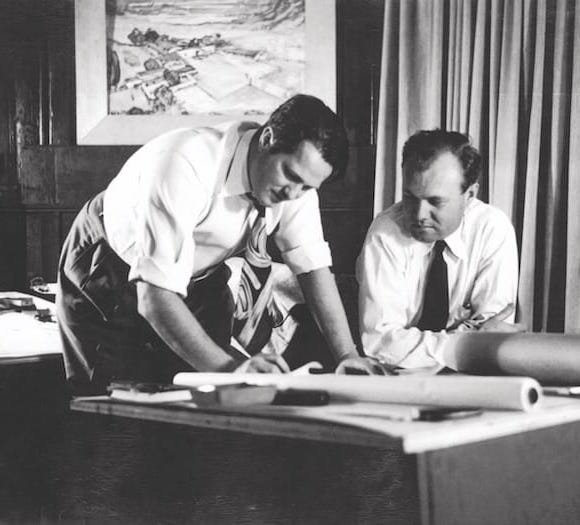Part 1: Architect William F. Cody, Not Just a “Desert Maverick”
Source: palmspringslife.com
Part 1: Architect William F. Cody, Not Just a “Desert Maverick”
by SweisKloss
October 28, 2021
by SweisKloss
October 28, 2021
Source: Drawing by William F. Cody; wallpaper.com


